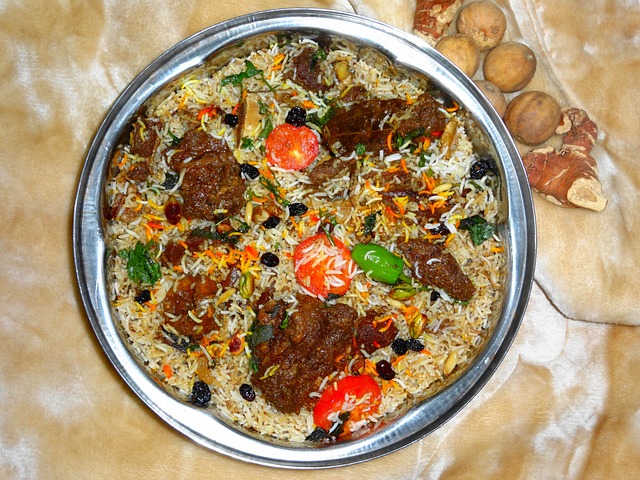Karachi’s Protesting Phenomenon: A Continuous Battle on Streets and Roads
KARACHI was struck by the sustained protest sit-ins organised by Majlis Wahdat-i-Muslimeen (MWM), which have persisted for an unprecedented seventh consecutive day. The city’s streets, particularly in Sharea Faisal near Natha Khan Bridge and M.A. Jinnah Road close to the Numaish Chowrangi, remained a stage of civil demonstration as people voiced their dissent persistently through nightfall without any sign of resolution by late evening hours^1.
In an effort towards maintaining harmony between protests and daily life in Karachi, MWM representatives asserted that the sit-ins would continue along one part of a road while allowing vehicular traffic to flow on another track; thereby offering some semblance of normalcy amidst unrest^2.
The city police chief Additional Inspector General Javed Alam Odho had previously clarified plans for clearing protest-blocked roads post sunset, a move which came in response to the citizens’ endurance through discomfort and inconvenience caused by these sit-ins^3. However, this assurance did not mitigate frustrations within parts of society who felt their plight was overlooked amidst protests centered around blocked roads due to an alleged lack of attention from the authorities on other pressing issues such as power cuts and water shortages in Kurram^4.
The situation took a turn when Allama Hassan Zafar Naqvi, MWM leader, welcomed this clarification from police chief Odho during Monday’s press conference at Numaish Chowrangi sit-in; however he also cautioned against fake propaganda spreading on social media which aim to stir public unrest^5. He emphasized that the protesters were fighting not for chaos but rather advocating reopen of Parachinar road and urged participants to remain peaceful, even during demonstrations in city centres like Karak where tensions are heightened due proximity between religious parties such as Ahle Sunnat Wal Jamaat^6.
As protests continued across multiple districts within Kurram including Hangu, Dera Ismaila and Madda Bhanvi; Naqvi urged participants to ensure sit-ins maintained the one track road policy for traffic fluidity as he stressed that these demonstrations would end once Parachinar Road reopened^7.
Amidst an atmosphere thick with dissent, Ahle Sunnat Wal Jamaat announced counter protests across 60 locations in Karachi on the following day from Tuesday (today), marking a significant stride towards their cause against what they perceived as mismanagement within city administration^8.
Footnotes :
- The press conference took place under an atmosphere of unrest, where citizens shared stories about enduring discomfort and inconveniences ^9.
- “MWM representatives asserted that the sit-ins would continue along one part… for smooth flow of traffic.”^10
- Alam Odho had clarified plans to clear roads by Maghrib, following complaints about blockades hindering daily life. ^8
- “A section felt their plight was overlooked amidst protests centered around blocked roads…” (Source: Dawn, December 31st,2024)^9
- Allama Hassan Zafar Naqvi warned against false information on social media.^6
- “Allamah stressed the importance of peace even during demonstrations in city centres like Karachi.” ^11
- The continuous sit-ins were aimed at getting Parachinar road reopened, not causing chaos as per MWM’s standpoint.^8
- “Ahle Sunnat Wal Jamaat announced counter protests across the city” signalling their dissent towards ongoing demonstrations and government actions regarding civil matters beyond Karachi roads. ^9
